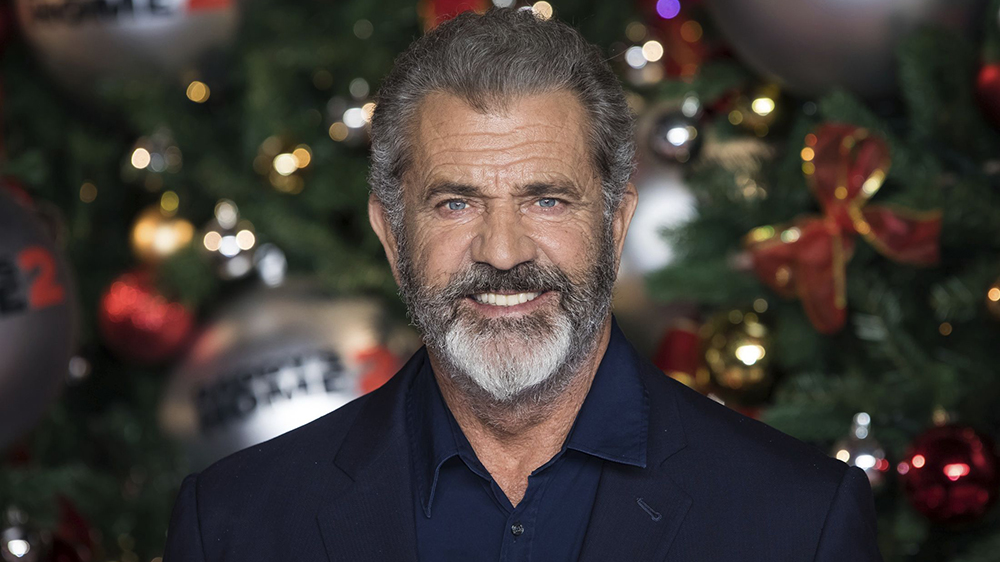Mel Gibson Loses Bid to Block Release of ‘Professor and the Madman’
By Gene Maddaus
LOS ANGELES (Variety.com) – Mel Gibson has lost a key round in his battle for control of “The Professor and the Madman,” potentially clearing the way for the release of the star-crossed film about the origins of a dictionary.
The picture is based on Simon Winchester’s book about the collaboration between Professor James Murray and William Minor, an inmate in a mental asylum, to create the Oxford English Dictionary. Gibson has long wanted to produce the film, and in 2015 struck a production deal with Voltage Pictures.
The film was shot in late 2016, with Gibson playing the professor and Sean Penn in the role of the madman. But late in the production, shooting came to a standstill when Gibson and director Farhad Safinia insisted that certain scenes be shot in Oxford, England, instead of Trinity College in Dublin. Voltage CEO Nicolas Chartier refused, arguing that the film was already over budget and behind schedule. Efforts to resolve the conflict failed, and Gibson and Safinia walked off the production, according to legal filings.
Gibson’s company, Icon Productions, sued Voltage last year, alleging that the company had reneged on its deal by refusing to allow Safinia to complete the film. Gibson also sought to block Chartier from screening Voltage’s cut of the film for potential distributors. Voltage countered that Safinia had turned in a cut that was two hours and 40 minutes long, well over the two-hour runtime required by their agreement. The producer also claimed that shooting the additional scenes at Oxford would have added 20 minutes to the runtime at a cost of $2.5 million.
Gibson’s lawyers asked Judge Ruth Kwan to find that Voltage had violated the deal and turn the rights over to him. On Tuesday, Kwan refused, finding that Gibson’s allegations did not amount to a breach.
“Plaintiff did not submit admissible evidence showing the existence of an actual controversy with Defendants,” Kwan wrote.
The contract required that issues such as shooting locations and the budget were subject to mutual approval between Voltage and Gibson. But Kwan noted there are exceptions to that rule, such as if Gibson were in breach of the agreement, or if Gibson’s actions posed unreasonable obstacles to releasing the film.
The ruling gives Voltage the upper hand, and will make it much harder for Gibson to block the film’s release. However, at this point, it does not appear that Safinia or Gibson will help to market the film, which would limit its commercial potential. Voltage has said the film cost $25 million to produce.
Voltage Ruling by gmaddaus on Scribd

